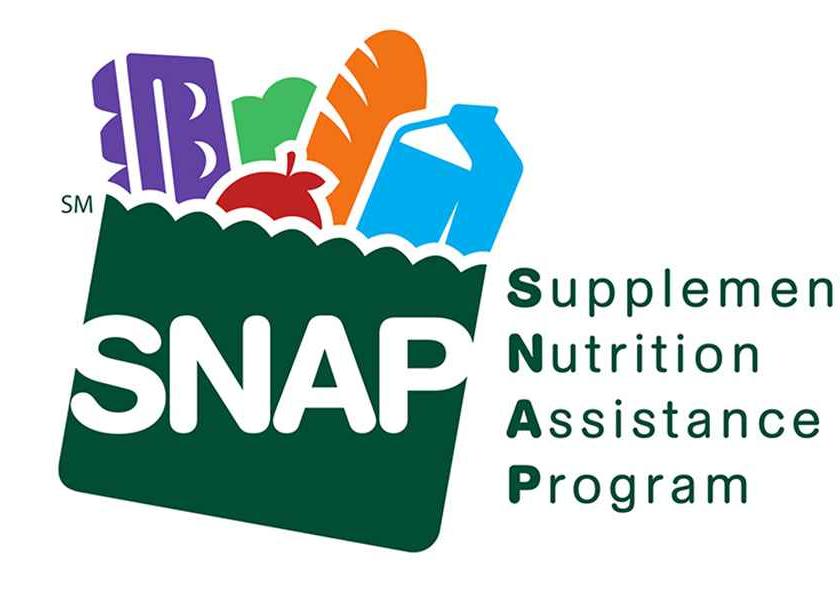USDA increases SNAP benefits by more than 20%

A big increase in benefits is on the way for Americans receiving Supplemental Nutrition Assistance Program benefits.
The U.S. Department of Agriculture on Aug. 16 released a re-evaluation of the Thrifty Food Plan, used to calculate Supplemental Nutrition Assistance Program (SNAP) benefits. As a result, the average SNAP benefit – excluding additional funds provided as part of pandemic relief – will increase for Fiscal Year 2022 beginning on Oct. 1 this year, according to the agency.
The reevaluation concluded that the cost of a nutritious, practical, cost-effective diet is 21% higher than the current Thrifty Food Plan, according to a news release. As a result, the average SNAP benefit – excluding additional funds provided as part of pandemic relief – will increase by $36.24 per person, per month, or $1.19 per day, for Fiscal Year 2022 beginning on Oct. 1.
The new Thrifty Food Plan cost for the reference family is $192.84 per week or $835.57 per month, 21.03% higher than the previous Thrifty Food Plan.
The increase is the first time the purchasing power of the plan has changed since it was first introduced in 1975, reflecting notable shifts in the food marketplace and consumers’ circumstances over the past 45 years, according to the release.
In its re-evaluation, USDA was driven by the latest available data on the four key factors identified in the 2018 Farm Bill: current food prices, what Americans typically eat, dietary guidance, and the nutrients in food items, according to the release.
For example, the revised plan includes more fish and red and orange vegetables to align with recommendations in the Dietary Guidelines for Americans, 2020-2025, the agency said.
Additionally, the agency said the plan was calculated using updated purchasing data – collected from stores versus self-reported by households – to reflect the current price of foods in today’s marketplace. The revised Thrifty Food Plan also includes a modest increase in calories to reflect the latest data and support an active lifestyle.
Recent evidence consistently shows that benefit levels are too low to provide for a realistic, healthy diet, even with households contributing their own funds toward groceries, according to the release. A USDA study published earlier this summer found that nearly nine out of 10 SNAP participants reported facing barriers to achieving a healthy diet, with the most common barrier being the cost of healthy foods, the agency said, and these findings were echoed in listening sessions USDA held with a broad range of Thrifty Food Plan stakeholders.
“A modernized Thrifty Food Plan is more than a commitment to good nutrition – it’s an investment in our nation’s health, economy, and security,” Agriculture Secretary Tom Vilsack said in the release. “Ensuring low-income families have access to a healthy diet helps prevent disease, supports children in the classroom, reduces health care costs, and more. And the additional money families will spend on groceries helps grow the food economy, creating thousands of new jobs along the way.”
Industry reaction
Mollie Van Lieu, senior director of nutrition policy for the United Fresh Produce Association, said the increase in SNAP benefits increases the likelihood that participants are going to spend those dollars on more perishable items like produce.
She said the USDA’s Thrifty Food Plan historically has looked at the lowest possible commodity prices to eat a healthy diet.
“I think the difference in this update is that they took into consideration some realism,” she said, noting that the agency appears to have built in some allowance for convenience and value-added items. “To the extent that they looked at value-added fresh produce, we still need to see the methodology there,” she said. “Nevertheless, I think any increase in SNAP benefits is a good thing in terms of getting folks to move towards fresh produce.”
The increase in benefits isn’t allocated toward any particular types of food, and Van Lieu said United Fresh has advocated that some sort of specific allotment toward fruit and vegetable purchases is worth considering for the SNAP program. For example, the Women Infants and Children program does have targeted benefits for fruits and vegetables. During the pandemic, the cash value benefit for the WIC participants was $35 per month.
“Long-term, we’d love to see something like that in the SNAP program,” she said. While the hike in SNAP benefits increases the likelihood of fruit and vegetable purchases, there is no guarantee.
One caveat about the SNAP benefit increase, Van Lieu said, is that it will begin in October, about the time the emergency SNAP pandemic benefit increase will expire. The USDA had boosted benefits 15% boost in SNAP benefits during the pandemic, but that provision will expire at the end of September.







